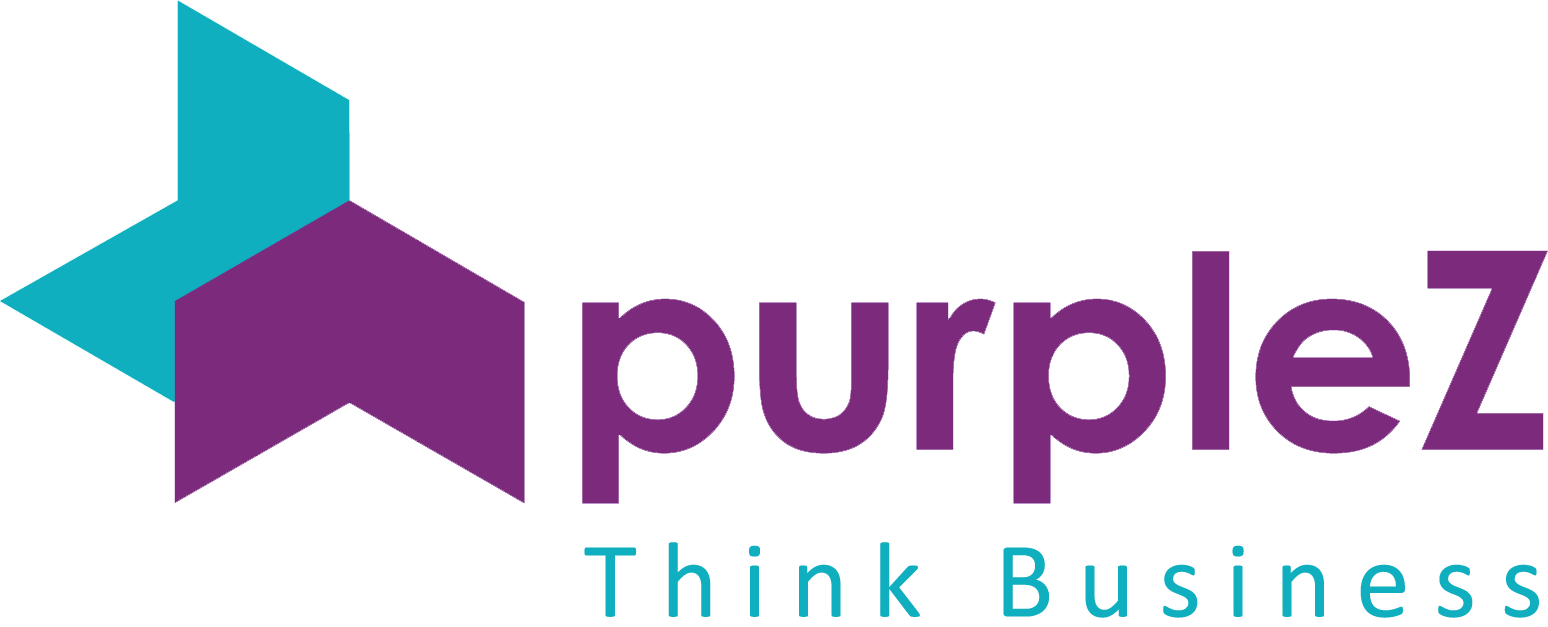Contents
- 1 1. TikTok will become the most crucial social network for marketing in 2022
- 2 2. You will start spending More Dollars on smaller networks
- 3 3. Shoppers will expect to purchase your products directly on social media
- 4 4. No one will talk to your brand on the phone
- 5 5. Long-form video is a must, except on YouTube
- 6 6. You will outsource your engagement tactics to a Creator
- 7 7. It would help if you learned paid advertising
- 8 8. You will not post anything without a social listening strategy
- 9 9. Your VP asks you to improve a social audio strategy
It isn’t easy to notice which social media trends to pay attention to in 2022. Social media managers are blinking our eyes and poking our heads out from behind our screens to take the lay of the land.
This article will read which social media trends will be significant in 2022 for your business?
Instagram held the #1 spot in most social marketers’ hearts for the past ten years. It was increasing the fastest on investment. But that’s changing right now.
TikTok passed the 1 billion user mark in 2021. That made it one of the most popular social networks in the world.
TikTok is the fourth most well-known social media network after Instagram.
Why is this so important? In January 2021, TikTok just had 689.000.000 users. That’s a 45% growth within a year.
Google Search shows that TikTok dominates Instagram’s video content.
Search demand for TikTok has grown by 173% Over the last year. But search demand for Instagram Reels increased by 22%. This demand has enhanced by 33% for Stories.
Despite TikTok’s fast improvement, most businesses are hesitant to invest in the network.
Only 35% of respondents claimed they planned on increasing their investment in TikTok in the next year. Most businesses place big bets on networks like Facebook and Instagram.
But that’s not all the story. When asked which social platforms are considered most effective for gaining their business goals, 24% referred to TikTok. This is a 700% growth over 2020.
TikTok introduced helpful business tools in 2020 and 2021, such as business profiles, creator marketplace, and ads. This may be why businesses are feeling more optimistic about it this year.
What to Do?
- If brands aren’t moving towards TikTok yet, they will be very soon.
- Explore TikTok so you can find some ideas and start feeling fluent on the platform
- Grab an account handle for your brand
- Sketch out the rules of your TikTok marketing strategy
2. You will start spending More Dollars on smaller networks
New research indicates that consumers may be more receptive to advertising on smaller channels like Snapchat, TikTok, and Pinterest than the bigger social networks.
- Researchers found that consumers ranked TikTok ads as more enjoyable
- and inspiring than ads on other platforms.
- A Pinterest Business study indicates that ads on Pinterest had a cheaper conversion and higher ROI rates than advertising on other social networks.
Google Search Trends also indicates increasing search demand over the last two years for ads on these networks.
The smaller networks aren’t as saturated with advertising as Instagram and Facebook, so users may suffer less from advertising fatigue.
Many social pros had to diversify their ads strategy in early 2021 in response to the Apple iOS 14 update. This was when Apple announced an “opt into ads tracking” option for all Apple users, blocking Facebook’s target of a vast chunk of its audience.
Most importantly, Pinterest, TikTok, and Snapchat encourage advertisers to make their ads “fit in” with organic content already being posted by regular users.
The result is more entertaining and less disruptive ads, increasing conversions and overall good vibes for businesses.
The campaign generated over 11 million impressions and 10 million video views across France.
What to Do?
- Take a wiser look at your engagement across all social media platforms. Have you been undervaluing Pinterest users? Do you neglect the possibility of your Snapchat audience?
- Study the people who post on that network. Check if you can improve your brand’s tone to fit in with the vibe there.
- Experiment with creating ads on that network. Or test a new network significantly if you’ve discounted it as too much effort for organic content in the past.
Before the Covid pandemic, social commerce was a unique opportunity for the most innovative businesses.
Growing social media consumption combined with stay-at-home mandates created the perfect situation for a social shopping explosion.
Predictions show social commerce will be an $80 billion industry by 2025.
81% of shoppers already used social media to discover new brands and find products before the Covid pandemic. Navigating to a website is considered an extra step.
Most social networks have in-app shopping solutions such as live video and provide new features to meet rising demand. ButFacebook, Instagram, and Pinterest are the most popular. YouTube, TikTok, Twitter, and aren’t far behind.
What to Do?
Social commerce will not replace e-commerce very soon. But, depending on your business type, you have not been designing a retail experience without thinking about it.
- If you sell products to consumers, set up an Instagram and Facebook.
- There’s some design flexibility in the shops mentioned. So make the customer experience as seamless with your brand as you can.
- Don’t worry about getting your inventory up. Focus on curating the items you believe your Instagram followers like best.
4. No one will talk to your brand on the phone
In 2022 consumers will have more urgent questions for businesses than before. They will discover they can reply to those questions by using social media.
In a survey, 64% of Facebook users claimed they would like to message rather than call a business. Many companies aren’t ready to deliver adequate customer service over social media.
What to Do?
- Think about a strategy of social media customer service.
- For frequently asked questions, Make network-specific response templates.
- To improve your response time use a chatbot.
- Train customer support to your social marketing team.
- Hire customer service agents for your social channels.
5. Long-form video is a must, except on YouTube
According to statistics, 60% of all videos published on the internet in 2020 were less than 2 minutes long.
This puts video length on social media into perspective.
With the advent of Facebook and WatchIGTV, there was a moment when we all thought long-form video was the future.
YouTube is known for its long-form educational videos. It was making videos that passed the 10-minute time. Also, Facebook decided to compete in the same way.
Instagram deprecated IGTV. No one talks about Facebook anymore.
Reels and TikTok follow the success of Stories, which saw fast user uptake from 2018 to 2020.
Facebook did not update the 500 million user count for Stories since the release of Reels in 2020, so we can’t tell if it has grown. But attempts to copy the disappearing short-form video format on Twitter and LinkedIn failed in 2021. RIP Fleets and LinkedIn Stories.
This shows that social media users won’t watch only short-form videos. They have to be engaging and entertaining too.
What to Do?
- If your last goal is to reach further followers, use TikTok videos.
- If your last goal is to re-engage your existing Instagram audience, experiment with Reels.
- Try it on others if you succeed with short-form videos on one platform. And take note of the results. As usual, you’ll want to translate videos for each channel. No TikTok watermarks on Reels, please!
6. You will outsource your engagement tactics to a Creator
The creator economy has existed for more than ten years. But it boomed during the Covid pandemic as people searched for ways to diversify their income.
The creator is for professional influencer marketers and amateur content creators—basically, anyone who writes, designs, edits, and films to publish on social media.
50.000.000 people will consider themselves creators on social networks in 2021. Businesses will spend $15 billion on influencer marketing by 2022. 72.5% of marketers are projected to use influencer marketing by 2022.
Social networks are responding to this boom by adding many newborn monetization tools, such as:
- TikTok’s Creator Marketplace
- Instagram’s Collabs
- Instagram’s Branded Content Ads
- Facebook’s Brand Collabs Manager
- YouTube Brand Connect
- Twitter’s paid, Super Follows
These tools are geared to get content creators paid to add value for brands on their chosen platforms.
What to Do?
Whatever your niche, a creator is waiting to partner with you. They’ll do a better job of creating long-term and authentic customer relationships.
- Define the audience you decide to reach and the platform they are on.
- Browse creator marketplaces to make a list of people who have clout with the audience.
7. It would help if you learned paid advertising
This social media trend has been used for a few years. But it’s still worth noting.
43% of respondents claimed”the decline of organic reach and the need to increase paid advertising budgets” was their main challenge on social media.
SMBs (Small to medium-sized businesses) listed the decline of organic reach as their first challenge.
The decline of organic reach was well-documented for many years, especially on Instagram and Facebook.
The Covid pandemic caused some ups and downs for social marketing. Businesses decreased their spending on advertising. Those that continued to spend complain about low returns on over-saturated networks.
Only 5% of your followers may see your posts if you don’t budget behind them.
You can progress your social media strategy to other social networks where it’s still possible to go viral without spending a dime.
No matter your budget, someone on your social marketing team will have to learn how to boost. And everyone will have to learn the basics of audience targeting.
What to Do?
- Use organic social media content to increase brand awareness, deliver customer service, encourage audience engagement, and charm people along the buying journey.
- Promote your top posts to reach new customers.
During the COVID pandemic, many businesses jumped on board the social listening train for the first time. They liked responding in real-time to conversations with their customers.
But as the pandemic progressed, almost all businesses learned that social listening might help them understand their customers’ changing preferences
This trend is backed by Hootsuite’s 2022 Social Media Trends survey. Most respondents said they strongly agree that social listening has increased in value for their coverage over the past year.
We also notice that Google’s search demand for keywords like “social listening” and “social listening tools” is 22% year-over-year.
This means that people want to either find out what social listening is or purchase a tool for their business.
What to Do?
- Set up three search streams in your preferred social media management tool for the following:
- Your brand mentions, products, branded hashtags, and spokespeople
- Your competitors’ brand mentions, products, branded hashtags, and spokespeople
- Hashtags and keywords are essential to your industry as a whole.
- Watch our super-informative intro to the social listening video:
- Ensure that those who make decisions have access to what you learn. Whether you’re running one marketer or have a team of two hundred marketers, social listening surfaces opportunities that affect the whole business.
The Clubhouse was launched in 2020. But it grew in popularity in 2021.
Twitter launched its social audio platform quickly after. Facebook is reportedly trying to enter the temporary live audio format.
These events had many social marketing teams. As our 2022 Social Media Trends survey indicates, most businesses seem to think it is worth it.
When asked precisely how they were planning to invest, results were pretty mixed across the board.
Our survey discovered that VPs and mid-to large-size companies most often decided to invest in thought leadership and social audio, as well as companies that were very confident about proving social media’s return on investment.
This makes sense. Thought leadership is an excellent opportunity for social audio content because it lets one or two people talk to a large crowd. For those who have the budget to build trust in your brand and directly connect with potential customers.
Because of the time and skill involved, social audio is not a cheap form of content marketing. This is why we predict small businesses are slower to adopt it.
Clubhouse stated that ads wouldn’t be a part of its business model.
This might be pros or cons for a business, depending on how you look at it.
The lack of advertising means integrating your brand into Clubhouse takes some imagination.
What to Do?
- You should not choose one particular social audio platform over another. But it would help if you started thinking about how your business can take advantage of social audio now.
- Once you’ve got an idea, you can bring it to listeners. Start thinking about specific platforms. For instance, try using Spaces to engage your community on Twitter. Use Clubhouse to make a connection with new followers.
- Tap the thought leaders in your business to host a speech on behalf of your brand. Also, make sure you hire a professional moderator who can minimize the risk of unwelcome questions.
- Work with an influencer who matches your brand values to host a speech on your behalf if no one fits your company.
That’s it! These are the nine social media strategies you need to know to stay on top of your business in 2022.
PurpleZ, as a top full service digital marketing company in Irvine, suggests the most social media trends for small to mid-sized businesses in Southern California.
Click Here for PurpleZ Services.
We use social media platforms to increase your website traffic by sharing your blogs, exciting facts, and snippets (with a link back to your content) with your followers to increase your website traffic.
Sources:
Tien, Sh. 2021(November 1). Top 9 Social Media Trends to Prepare for in 2022. Blog.hootsuite
https://blog.hootsuite.com/social-media-trends/




